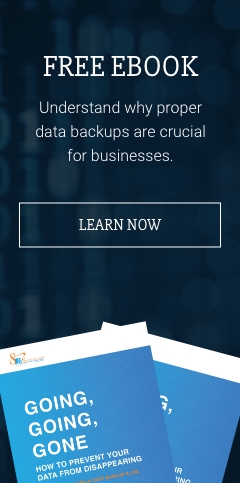The rise of cloud computing and ubiquitous internet connectivity has jump-started a new era of workforce mobility. There are now more remote employees and freelancers than ever before. Rather than being restricted to the office desk from nine till five, workers now expect a degree of flexibility. To attract and retain the best talent, without being restricted by physical borders, businesses too need to enable remote working.
At the same time, the increasingly widespread use of mobile technologies inside and outside the workplace presents more single points of failure for cybercriminals to exploit. To mitigate the risks and overcome the barriers to innovation, modern organizations need a way to manage and protect their mobile devices.
Step #1. Establish a security policy
First, you need to establish a security policy governing the access to and use of business resources. A sufficiently robust policy should cover both business- and employee-owned devices used for work. For employee-owned devices, you’ll also need a bring your own device (BYOD) policy that outlines the rules and restrictions governing which devices may be used for work. Those wanting to use their own smartphones, tablets, and laptops for work will need to enroll in this policy or otherwise be prepared to use company-issued devices.
Step #2. Identify your users
Mobile device management (MDM) software gives you complete visibility over your mobile assets, including those owned by employees if you have a BYOD policy. This helps you track who has access to all mobile devices and which accounts are in use on each device. To identify your users, you’ll need to ask employees which devices they use for work and keep a complete and up-to-date list of all online accounts and the devices used to access them. This is often the most time-consuming step, particularly for larger businesses with hundreds or even thousands of employees.
Step #3. Choose the right applications
Among the most important business assets in any modern organization are the software tools employees need to do their jobs. Having a clearly defined software infrastructure, complete with an inventory of all systems and apps used for work, is important for easy data sharing and accessibility. Use cloud-based storage to keep your files in a centrally managed online repository, rather than having data stored across a multitude of mobile devices. You should also make sure cloud apps are mobile optimized. This means elements like user interfaces and features must provide a seamless and intuitive experience for users.
Step #4. Restrict access
Modern businesses have more access points than ever before, and every one of them needs to be adequately monitored, managed, and secured. The most secure approach is to follow the principle of least privilege, whereby individual employees only have access to the data and apps they need to do their jobs. To make things easier, you can also implement a single sign-on (SSO) procedure that allows your employees to access all their apps using a single login. This will also let administrators quickly and easily revoke access rights to employees that have left the company and devices reported lost or stolen.
Step #5. Implement an MDM solution
MDM exists to enable and streamline remote workforce operations and reduce risk to the organization. The capabilities of MDM solutions are expanding all the time, but there are still some important challenges to overcome. Among the most important features to look out for are centralized, over-the-air distribution and installation of security updates, the security mechanisms to protect devices across multiple mobile operating systems, and access control using a centralized, cloud-based administrator dashboard. Most importantly, any MDM solution you choose must be able to accommodate your security policies with a customizable policy-creation engine.
Safebit Solutions provides comprehensive technology services including mobile device management to businesses in Houston. Talk to us today to get support now.


